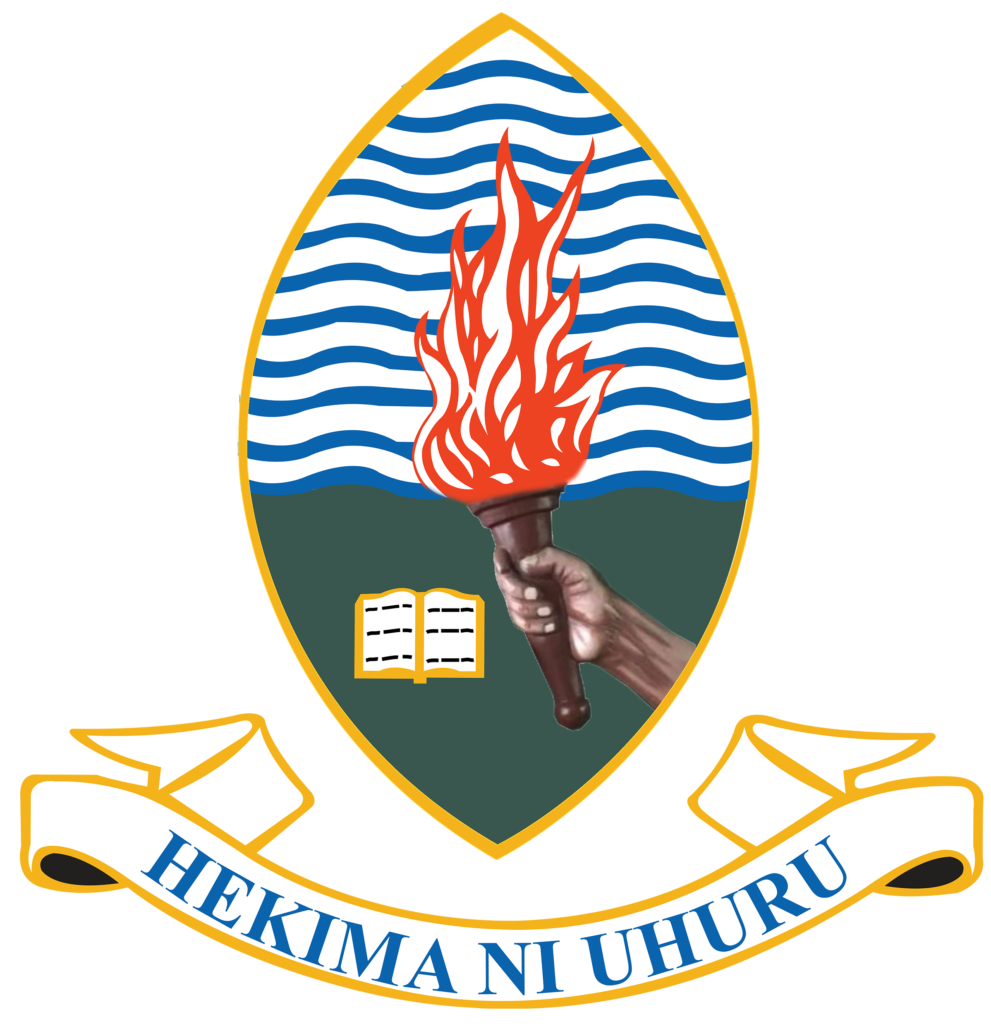Background
The Ministry of Health (MoH), Tanzania has been using District Health Information Software version 2 (DHIS2) as its national health management information system (HMIS) to collect routine health data for the services provided at healthcare facilities since 2010. The DHIS2 is a standard software used to manage the HMIS efficiently. Data is captured at the point of health service delivery and entered into DHIS2 directly or at the district level. The DHIS2 support team is usually required to attend to various user requests made via the built-in DHIS2 feedback messaging app, such as datasets (i.e. DHIS2 reporting forms) assignment and un-assignment at health facilities based on the specific health services offered at the respective health facilities; creating, disabling, re-allocating, and/or deleting user accounts; and creating validation rules, based on requests and instructions given by the respective authorities. The delays in responding to such requests by the support teams usually raise several complaints from users, especially at the sub-national levels. This issue is very pertinent and prevalent in areas, where DHIS2 is widely used and relied upon by an increasingly large user base as the national health data warehouse, such as in Tanzania.
App Features and How it works
The app currently allows health managers at the district and facility levels to initiate the process by opening the User Support App from the DHIS2 menu, selecting the health facility where datasets need to be assigned to or unassigned from, selecting the datasets, and confirming whether they intend to request the assignment or reassignment of the datasets. The user’s request is then sent to the DHIS2 support team to approve or reject the request. Once approved or rejected, the user is given feedback with relevant remarks based on the outcome.
Implementation Method
The app’s development was based on the UDSM DHIS2 Lab team’s experience dealing with such common user requests from different users across the country over the years. The team then developed an innovative and interactive user support app. The app was tested, deployed in DHIS2, and has been in use since March 2022 to strengthen the handling of user requests and routine support for HMIS-DHIS2. The app is generic and fully customizable within DHIS2 version 2.32+.
Achievements
The app has transformed user requests regarding datasets assignment to health facilities and un-assignment from health facilities when the facility has been closed, or the service has stopped. The process of assigning and removing datasets from about 9000 health facilities in 184 district councils in Tanzania, where users (particularly at district and healthcare facilities) don’t have access to the DHIS2 maintenance App, has been made easier and faster by the App. Response time to this specific type of user support request has instantly improved. The app has relieved the technical support team from going through user feedback messages to manually assigning or un-assigning datasets to healthcare facilities. through the DHIS2 maintenance app.
Next Steps
The User Support App has simplified dataset management by decentralizing the process to sub-national levels, where knowledge of the necessary service provision is based, thus relieving some potential workload for the national technical support team. However, with the increased use of DHIS2 up to the facility level, more is needed to improve user support. The UDSM DHIS2 Lab is planning to continue innovating, developing, and improving the app by adding features to address other existing user support challenges, as we strive to decentralize user support and cope with the growing number of user queries and requests. New features under development include, among others, automation of users’ requests for the creation of missing validation rules.


